
A five-ply panel of Eastern white pine from Wisconsin being formed into cross-laminated timber in a press at Michigan Technological University. / Photo Credit: Wisconsin DNR
By Alex Anderson, DNR Forest Products Specialist, Tomahawk
Alexander.Anderson@wisconsin.gov
As part of the Wisconsin Department of Natural Resources Forest Products Services mandate to explore new markets for species considered underutilized in the state, a research project was proposed to evaluate the viability of Eastern white pine (EWP) in cross-laminated timber (CLT) panels.
CLT has become increasingly popular in the U.S. during the last decade-plus, after the product was determined to be an effective alternative to traditional concrete and steel construction for multi-story construction in Europe. It is created by pressing dimension lumber (2x4s and 2x6s, typically) into large panels where each layer runs perpendicular to those above or below it, similar to plywood. This construction method allows for large structural panels to be created entirely from wood.
Continue reading “Eastern White Pine CLT Research Moving Along”

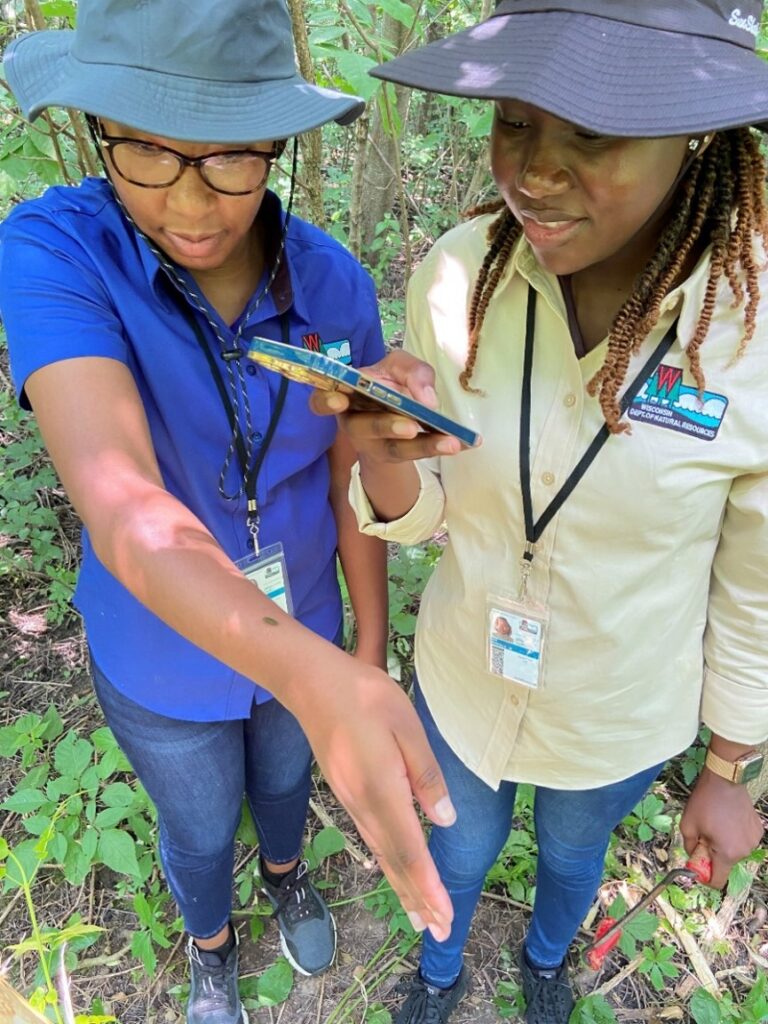 The application period is now open for hundreds of internships with the state of Wisconsin, including two positions with the DNR’s Urban Forestry program!
The application period is now open for hundreds of internships with the state of Wisconsin, including two positions with the DNR’s Urban Forestry program!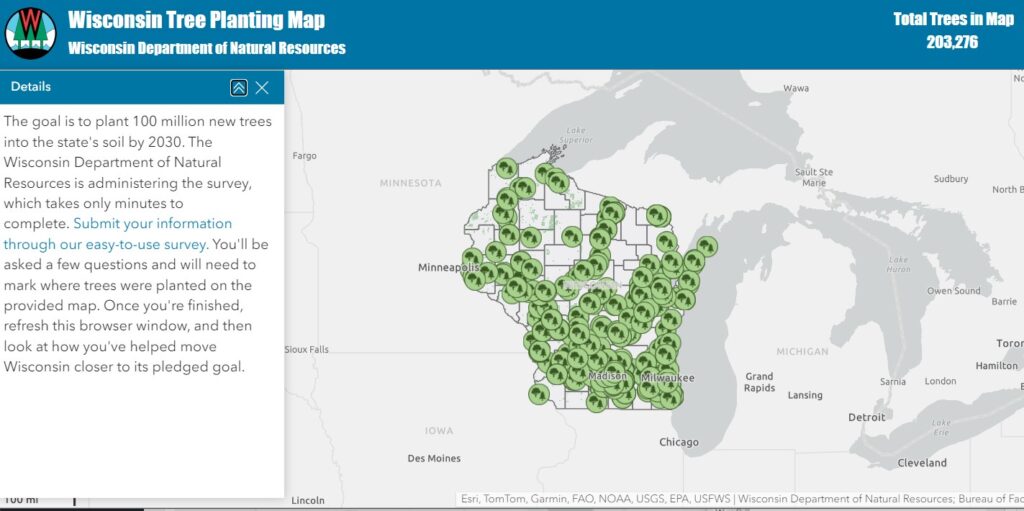
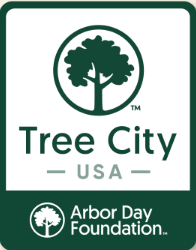 Tree City USA is an annual recognition program presented by the Arbor Day Foundation that allows communities to publicly demonstrate their continued commitment to the care of their local urban forest. Returning Tree City USA communities are also eligible to apply for Growth Awards. These awards recognize community forestry programs that go above and beyond the four core tenets of Tree City USA.
Tree City USA is an annual recognition program presented by the Arbor Day Foundation that allows communities to publicly demonstrate their continued commitment to the care of their local urban forest. Returning Tree City USA communities are also eligible to apply for Growth Awards. These awards recognize community forestry programs that go above and beyond the four core tenets of Tree City USA.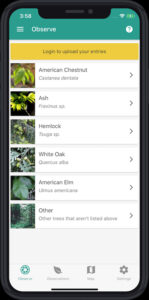
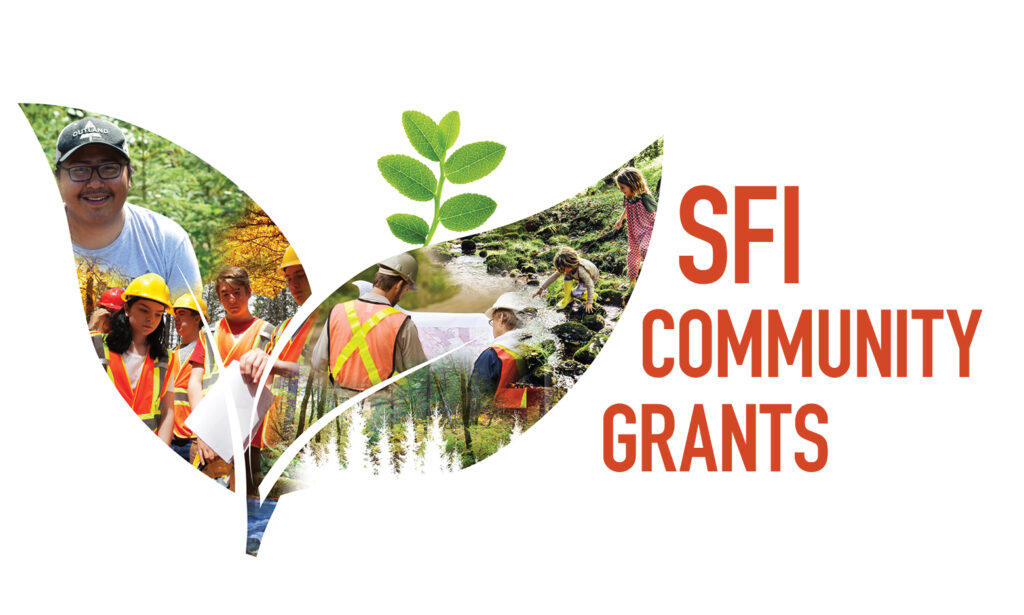 The Urban Forest Improvement Program, funded by the Inflation Reduction Act and the USDA Forest Service’s Urban and Community Forestry Program, provides grants to help organizations benchmark their urban or community forests against the Sustainable Forestry Initiative (SFI) Urban and Community Forest Sustainability Standard.
The Urban Forest Improvement Program, funded by the Inflation Reduction Act and the USDA Forest Service’s Urban and Community Forestry Program, provides grants to help organizations benchmark their urban or community forests against the Sustainable Forestry Initiative (SFI) Urban and Community Forest Sustainability Standard.